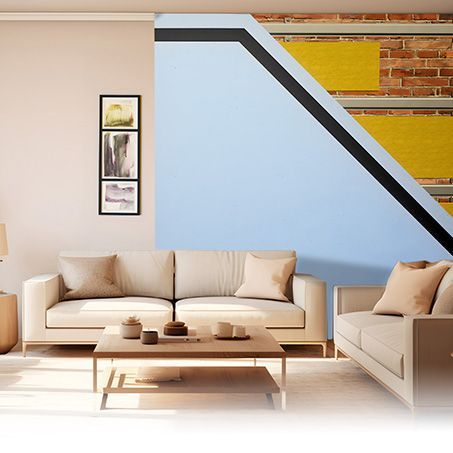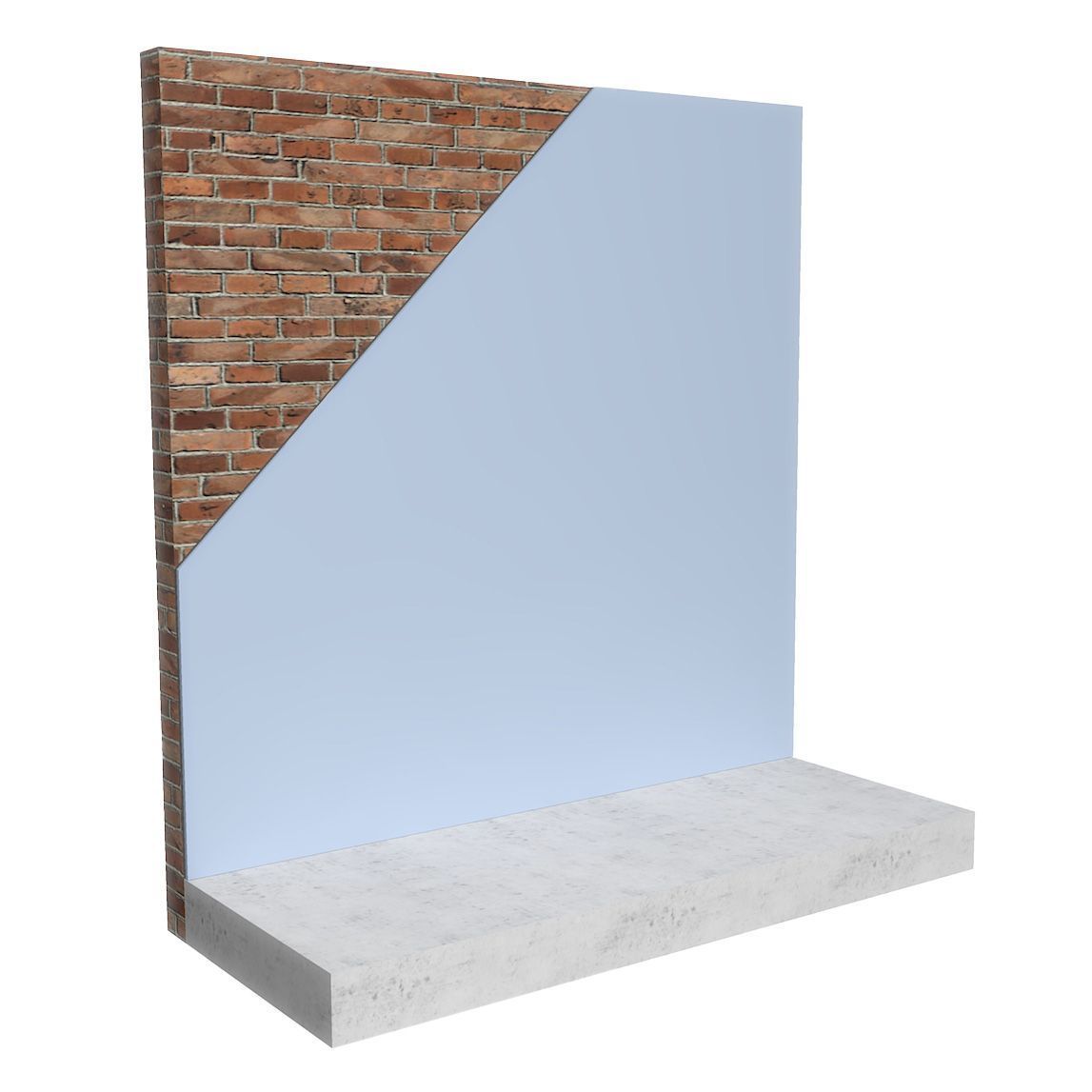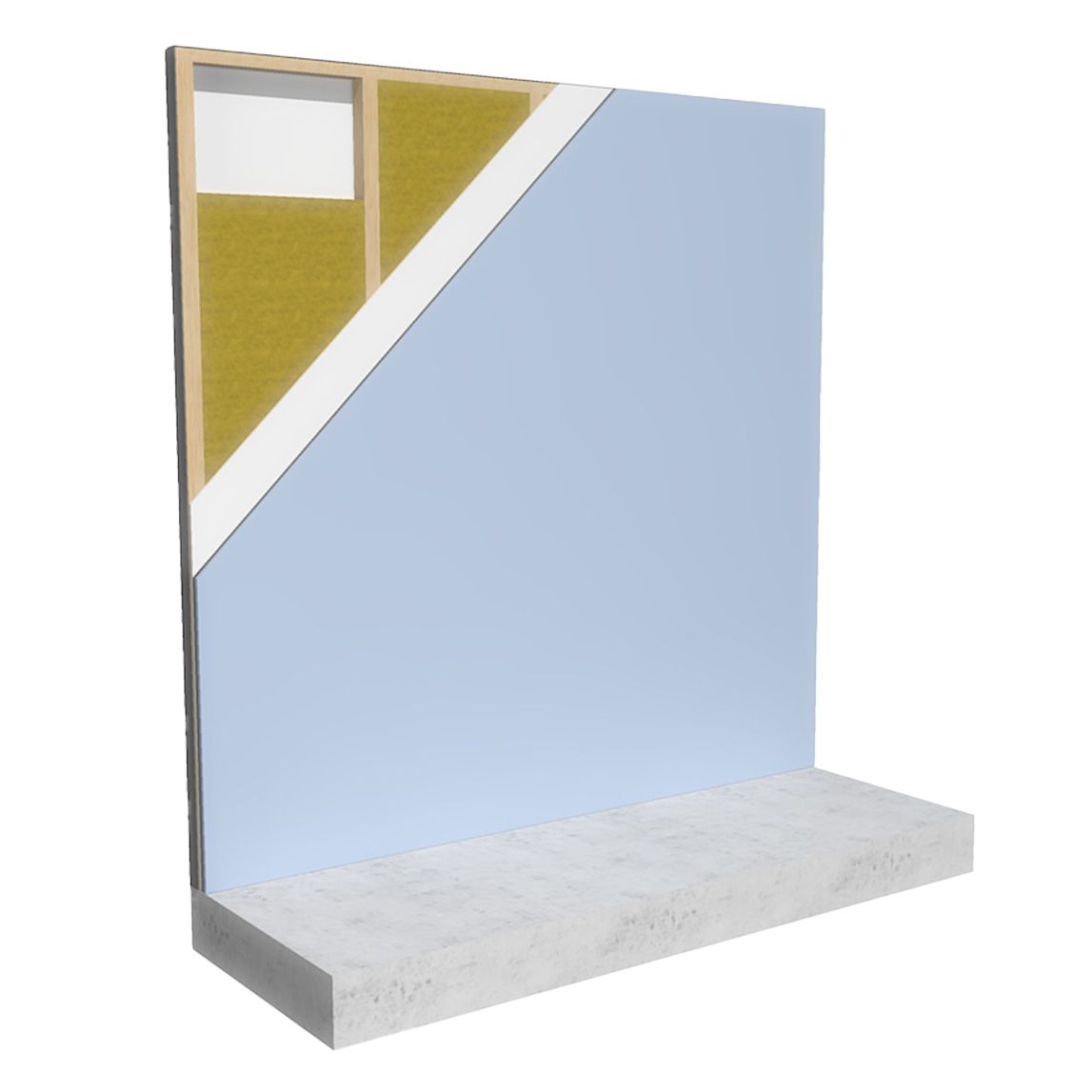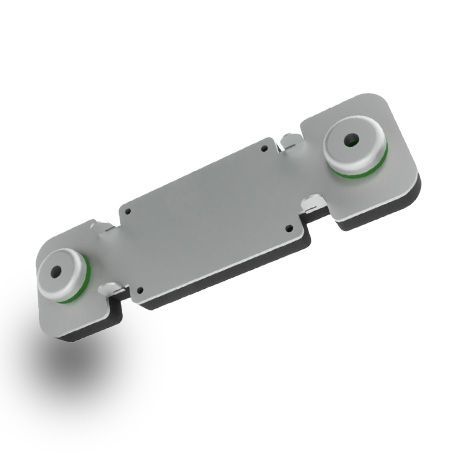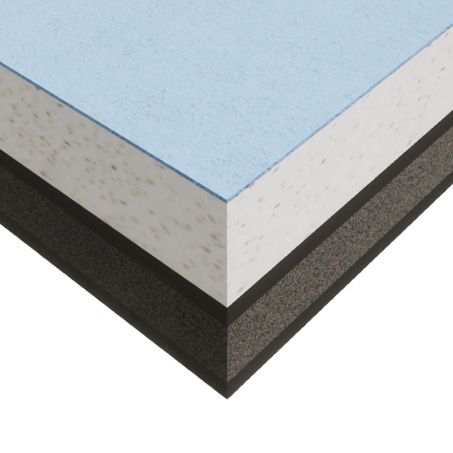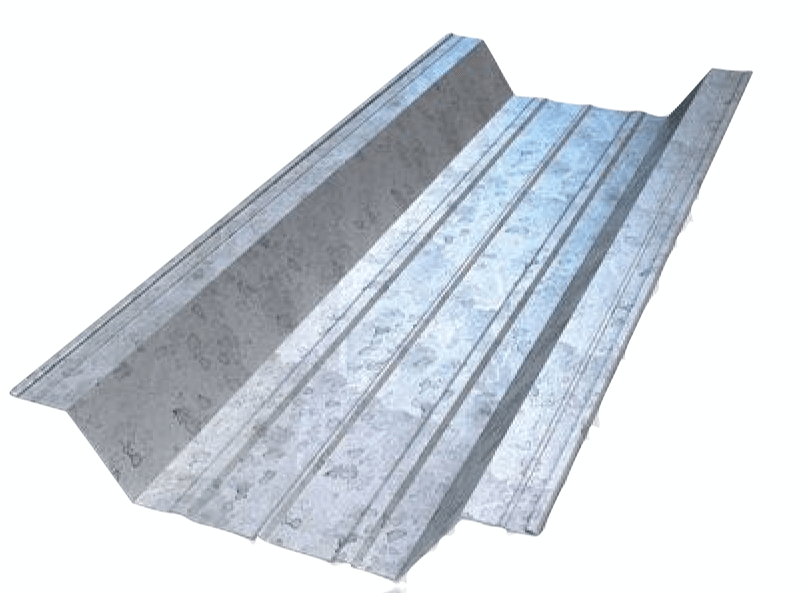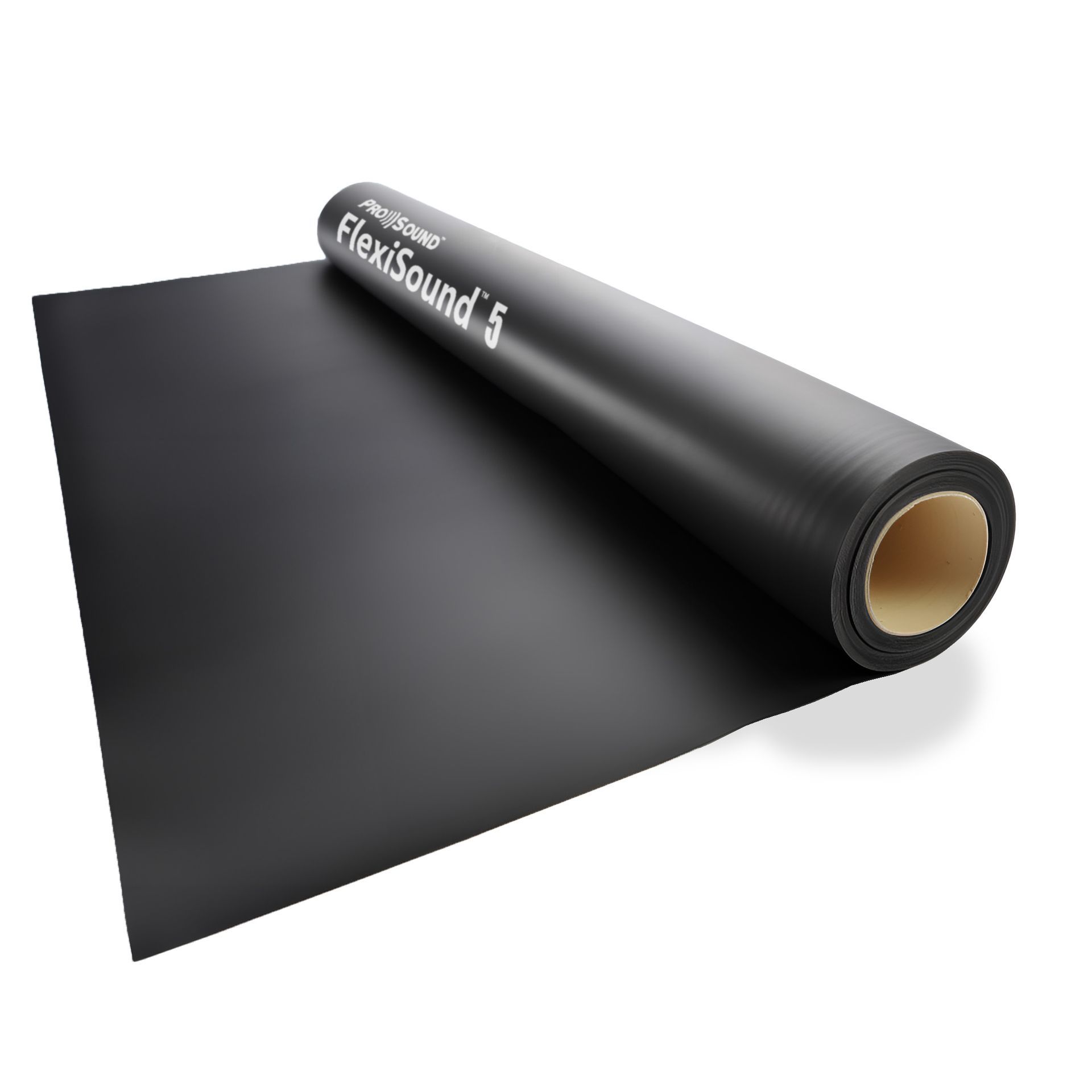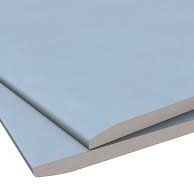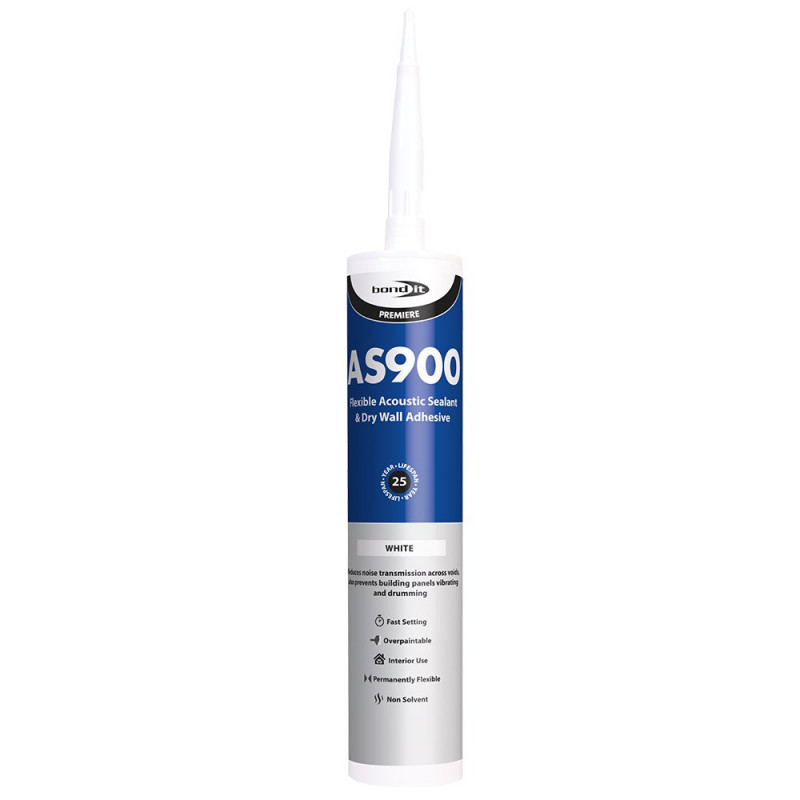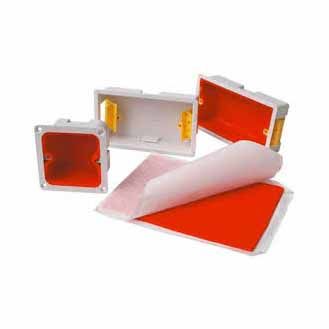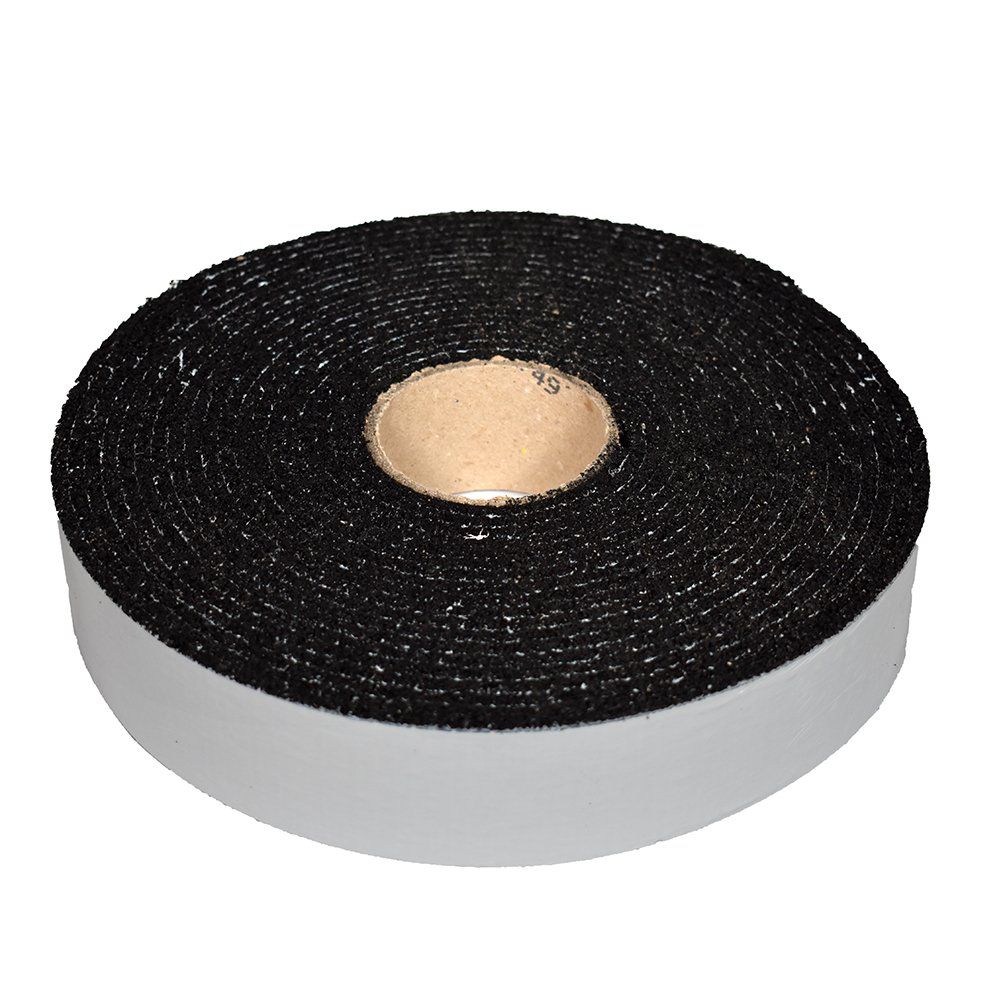What type of wall are you soundproofing ?
Top 3 Soundproofing Solutions for Walls
How to soundproof a wall
To soundproof a wall, decoupling and enhancing its ability to absorb and dampen sound energy is crucial. Sound travels through solid materials via contact so decoupling can be achieved by building a new wall with a gap, making it harder for vibration to travel.
Adding resilience allows the wall to flex and dampen the vibration (similar to how the suspension springs in a car help to absorb bumps in the road) while adding extra layers of mass helps block airborne noise (different types of mass block different frequencies).
The ReductoClip Independent Wall System is the ultimate solution for blocking unwanted noise through a party wall, meeting all requirements.
The 3 main principles of soundproofing:
1. Isolation
Isolate or 'decouple' soundproofing by leaving a physical gap between the structure and the soundproofing layers to create a sound breaker.
ReductoClips are extremely effective at isolating soundproofing layers from the offending walls
2. Damping
Use elastic or damping materials like FlexiSound and Closed Cell Foam.
ReductoClips also provide excellent damping as they help to absorb sound energy and vibrations
3. Mass
Increase the density of walls to help reduce unwanted airborne noise. Using materials like Mass Loaded Vinyl, FlexiSound and Acoustic Plasterboard.
Using a combination of different types of mass helps to block different frequencies of sound
Wall Soundproofing Systems - Best Sellers
ReductoClip Independent Wall Solution
Highest performing system
Guide price £69 per m² Ex VAT
ReductoClip Direct to Wall Solution
Excellent performance, slim system
Guide price £63 per m² Ex VAT
SoundBoard 4 Direct To Wall Panel
Best for tight spaces
Guide price £46.49 per m² Ex VAT
Wall Soundproofing Products
We don’t expect you to become an overnight soundproofing expert, that’s what we’re here for.
Soundproofing Walls FAQs
Visit the Knowledge Hub for more in depth info about how soundproofing works


